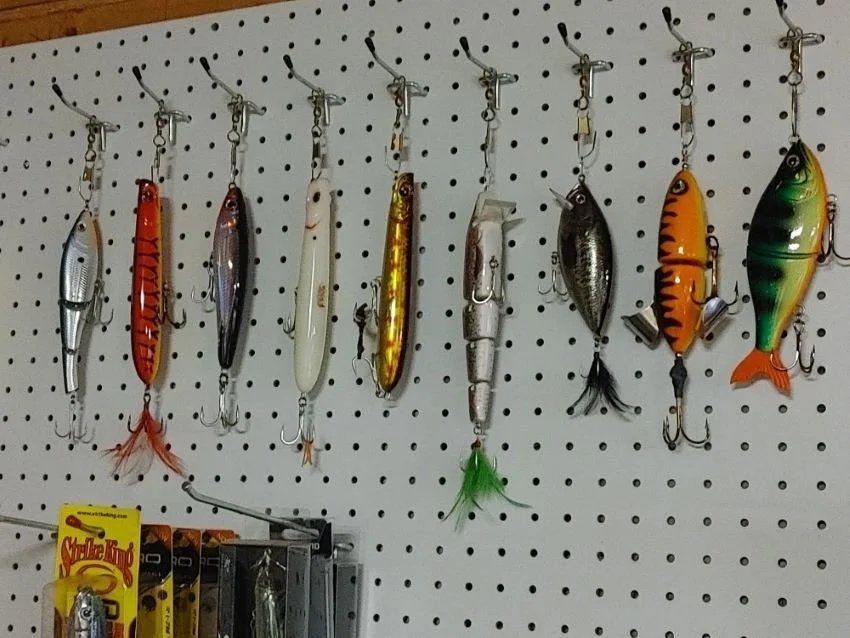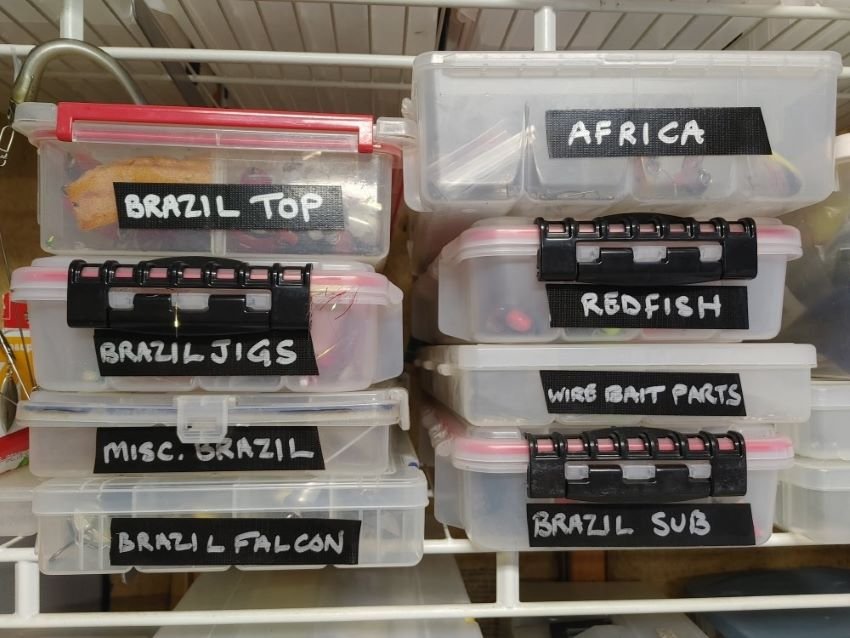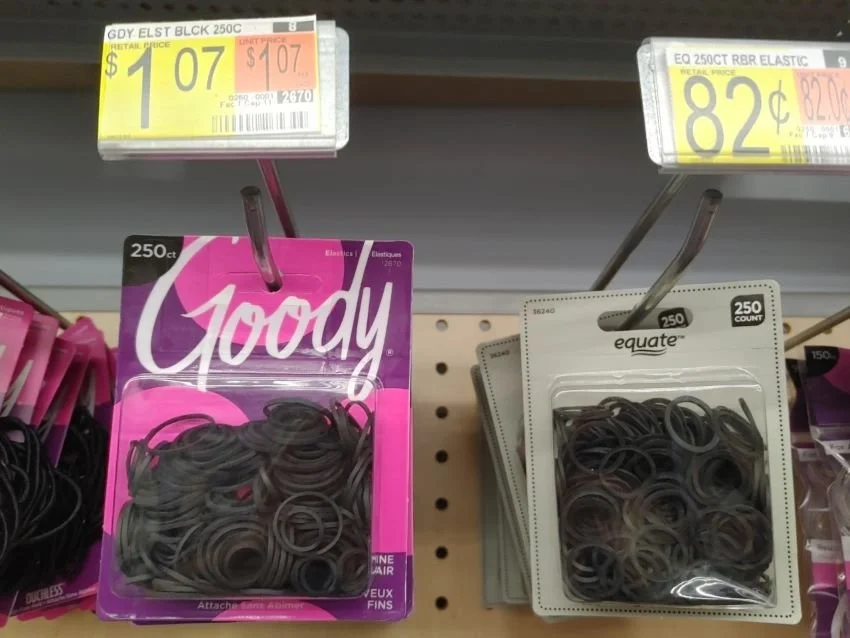Storage Wars – Fishing Tackle Edition
I’m ashamed and disappointed to admit that I’ve probably ruined more good fishing tackle than many other people will ever own. Between bent tails and broken hardware and rusted-out hooks, I’ve been forced to trash lots of gear that never even saw the water.
The situation is potentially compounded by the fact that lots of my lures and terminal tackle are in storage for extended periods of time. As I’ve described before, we leave a hefty supply of tackle at Anglers Inn in Mexico between trips. That ensures that we have all of the basics down there at any given time, although it doesn’t seem to stop us from carting down copious amounts of gear on every subsequent trip.
Even if you don’t have a situation like that, it still pays to store your gear properly. Maybe you have a lake house that you only visit on the weekends, or a remote summer cabin. Or perhaps you just have a lot of tackle, all of which you’ll need some day, but you’re not quite sure when that day will come. I mean, I know that I’m heading back to Lake Winnipesaukee and the California Delta before I croak, and I want to ensure that I have certain specialty baits upon my return, but I may not need them before that time arrive. Failure to take care of my stuff is not only costly, but might mean I’ll miss out on the opportunity of a lifetime because my baits are worthless. That’s a possibility too grim to bear.
Accordingly, while I’m not perfect about it, I try to take care of my stuff. Here are a few things to consider of your rapidly-expanding collection (potentially spread over multiple sites) is becoming unwieldy.
The Word “Moist” May Be Funny, But Moisture is Not Always Your Friend – Make sure that everything you put away is completely dry, because if it’s not once it gets inside that bag or box any remaining moisture will spread to everything else that’s there. Ever had to throw out 20 surgically-sharpened worm hooks? Or spent time sanding the rust spots off of your favorite crankbaits? For me, the answers are “yes” and “yes” and both times sucked. If you’re in a particularly humid area, or especially concerned, get rust-retardant boxes or additives for those boxes. Alternatively, hoard those silica gel packets that come with shoes and in other packages and throw them in. In the old days, the magazine advice columns used to tell us to fill sections of panty hose with rice for that same purpose, but that seems like a pain in the ass – and I’m not sure that women wear panty hose anymore.
Stay on the Straight and Narrow – If you have thousands of bags of soft plastics, as many of you likely do, it’s a pain to keep them organized and to keep the lures inside straight, but at least take a few minutes to make sure that the ones where their bodily integrity really matters aren’t crimped or bent. I’ve come back to Super Flukes where the tail sections were at a 90 degree angle to the body, and swimbaits that swam in a circle like a one-legged duck because they were curled up. Yes, you can boil them back to normal, but that’s a huge time suck, and not always possible even if you want to spend the time. At least make a cursory effort to get everything lined up properly.
Clamshells are Your Friend – Lots of soft plastic lures come in clamshell packaging for a reason – it keeps them perfectly aligned. Yes, I know that they take up a ton of space in luggage or in your boat, and they can be difficult to seal shut, but keep them and use them. Otherwise your Keitechs or hollow bellies may never swim right again. There’s no rule against condensing your stash – you can put multiples of different colors into one clamshell if appropriate.
Separate Your Soft Plastics – Some soft plastic baits not only don’t like one another, but may engage in mano-a-mano combat if left too close. I was reminded of this recently when two of my rat wakebaits were stored next to one another and their tails attacked one another. It was not pretty, but not disastrous. This seems to especially be a problem with Elaztech style plastic and “regular” formulations, but I think in the interest of safety it pays just to keep like plastics in their original bags or larger ziplocs as appropriate.
Hang ‘Em High — One category of bait that seems to get deformed or destroyed most easily is paddle tail or boot tail swimbaits. Leave them lying in a utility tray and they’re going to end up crooked more often than not. If they don’t come with their own clamshell, and you have the space to hang them, utilize simple pegboard tool holders to grab the tail with the lead of the lure straight down. That’ll keep them in line. With hard baits, add an oversized snap swivel to the front and hang them from short pegs.
Be Careful With Your Bands – I’ve long been an advocate of using girls’ hair bands to keep my crankbaits’ hooks from getting enmeshed with one another. It’s a trick that I learned from my friend Clark Reehm. Not only does it mean that I can store more lures in a given box, but also that I can reach into a wad of Rat-L-Traps and fairly easily emerge with just the one I want. The bands cost a few bucks for a few hundred, but I’ve learned that the cheaper clear plastic ones do not handle prolonged heat especially well. In some cases they even melt to your crankbaits. The thicker, black ones seem to endure the elements better, with no ill effects.
Extreme Temperatures are the Enemy – For the most part, my tackle has fared pretty well left inside a dark bag in a storage room in Mexico, where the ambient temperature is consistently over 90 degrees. Back when we still used lead weights, I had a few where the hole sealed up, but that’s about it. Still, if you have anything particularly fragile or valuable, I would not recommend leaving it somewhere that’s not at least somewhat temperature-controlled. The risk is too great. Even worse is someplace where the temperatures rapidly shift from very hot to very cold. Unless you live in the desert that may not affect you, but keep it in mind.
Dyes, Pens and Glues -- If you have any liquid or otherwise viscous gear, keep it apart from everything else. I had trouble once with an exploding bottle of JJ’s Magic, but my Spike-It, Mend-It and dye pens have done fine. Still, I encase each one separately in a Ziploc bag, then place that one inside another. It keeps everything flowing, but not over everything else.
Extras – If your boxes and bags are going to be moved by someone other than yourself, be sure to seal them as well as possible without duct-taping everything like a mummy. That might mean putting a rubber band or two around a Plano box, or using zip ties or electrical tape to keep a couple of things joined.









